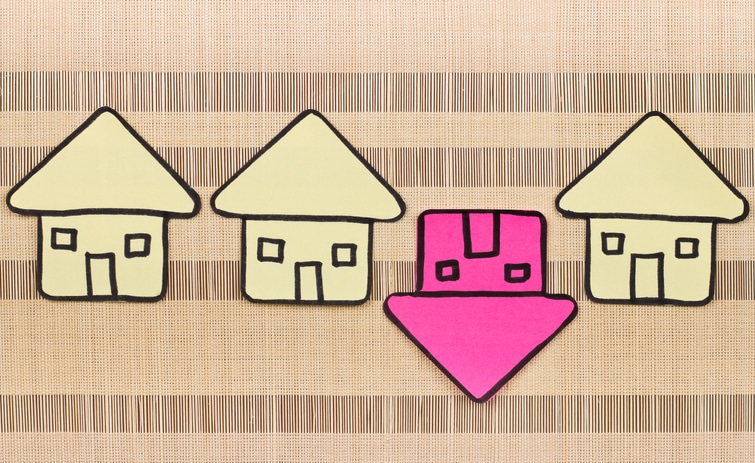Source: CNBC —
Buying a home often seems like a promising strategy to build wealth since your monthly mortgage payments can help you build equity, and home values typically appreciate over time. However, sometimes due to housing market conditions, your home’s value might actually depreciate — and the value of the home can fall below the amount of money you borrowed to pay for it.
This phenomenon is actually known as an “underwater mortgage,” which can also be called an upside down mortgage.
“An upside down mortgage is when the principal exceeds the value; in other words, you owe more than the home is actually worth,” says Christopher Rotio, the Executive Vice President of Town Title Agency.
How do you end up with an upside down mortgage?
An upside down mortgage is typically the result of short-term fluctuations in the housing market. So in a market where home values are on the higher end due, for instance, a homebuyer is likely to need a larger loan to cover the cost of the house.
But if the home’s value crashes for whatever reason, the loan amount you borrowed doesn’t crash with it; you’ll still owe what you borrowed even though the home is worth less.














